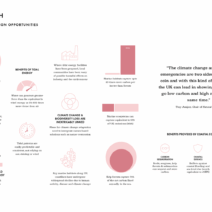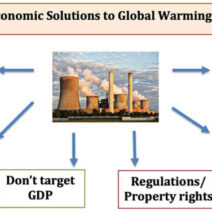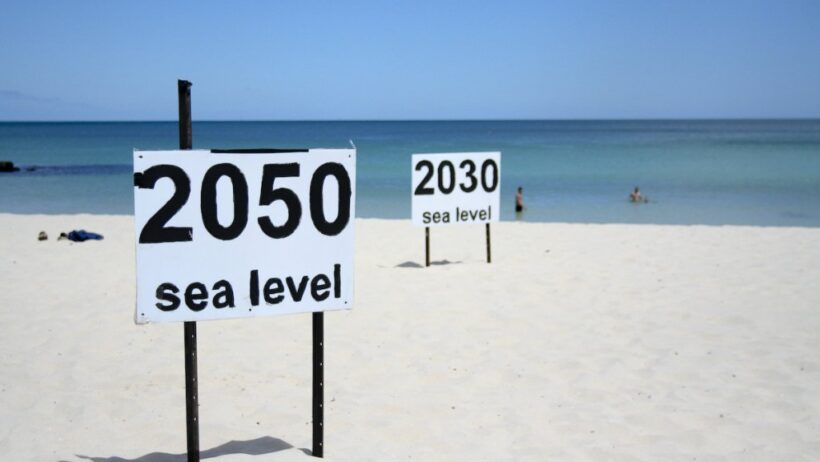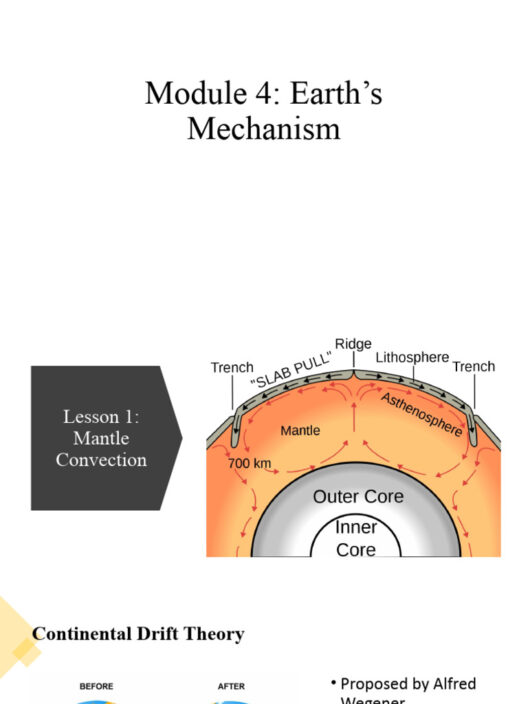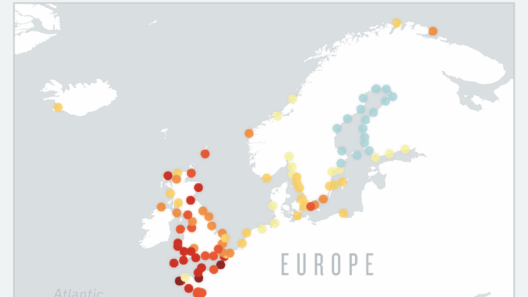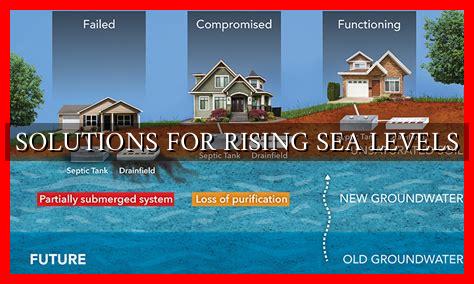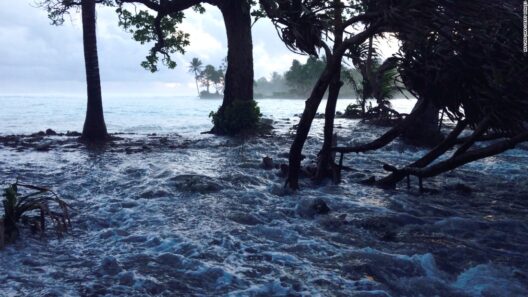The phenomenon of rising sea levels has emerged as one of the most profound and alarming manifestations of climate change. While it has become a focal point for environmental discussions, opinions on the reality and implications of this trend vary widely. This article seeks to peel back the layers of scientific evidence surrounding sea level rise to foster a more nuanced understanding of this critical issue.
To comprehend whether the sea level is indeed rising, one must first delve into the myriad forces at play. The interaction between thermal expansion of seawater, melting glaciers, and polar ice caps contributes significantly to this complex interplay.
As global temperatures climb due to anthropogenic activities, the ocean absorbs approximately 90% of the excess heat. This warming results in thermal expansion, causing seawater to occupy more volume and thus elevate sea levels. Concomitantly, the cryosphere—consisting of glaciers and ice sheets—is melting at unprecedented rates. The alpine glaciers, particularly those in the Himalayas, Andes, and Rockies, have experienced alarming retreats. Polar ice caps, especially in Greenland and Antarctica, are not only losing mass through surface melting but are also discharging vast amounts of freshwater into the oceans through calving events.
As one untangles the science, it becomes evident that these changes are not mere anomalies but part of an ongoing trend. Satellite altimetry and tide gauge data show that global mean sea levels have risen over the past century, with the rate accelerating in recent decades.
According to scientific assessments, the rate of sea-level rise was about 1.7 millimeters per year from 1901 to 1990. However, this has surged to nearly 3.3 millimeters per year as recorded in the last decade. Such figures compel attention, sparking curiosity about the future implications of this slow yet relentless rise.
Risks and Threats Posed by Rising Waters
Among the most pressing concerns about rising sea levels is the existential threat they pose to coastal communities. Low-lying regions, such as Bangladesh, the Maldives, and parts of the United States, are particularly vulnerable. The encroachment of saltwater into freshwater aquifers jeopardizes drinking water supplies, while inundating agricultural lands heightens food insecurity. Major cities like New Orleans, Miami, and New York are already grappling with increased flooding incidents—even during moderate rainfalls.
The phenomena of “sunny day flooding,” where coastal areas experience flooding during high tides, signal a troubling future of persistent water-related issues. This predicament extends beyond direct physical threats; it also encompasses socio-economic ramifications. Displacement of populations due to rising seas can lead to increased environmental refugees, social unrest, and economic destabilization.
The Intersection of Human Activity and Natural Cycles
While the scientific consensus underscores the anthropogenic nature of climate change, it is essential to recognize natural climatic variability that has shaped the Earth’s history. Ice ages, interglacial periods, and natural variations in ocean currents have influenced sea levels for millennia. However, what distinguishes current trends is the unprecedented pace at which human activities have skewed natural processes.
Moreover, the interplay between land subsidence and sea level rise cannot be overlooked. In many coastal cities, groundwater extraction and geological factors result in land sinking, exacerbating the apparent rise of the sea. The Gulf Coast, for example, is experiencing both rising waters and land loss, illustrating an intricate relationship where nature and human decisions intertwine to create a precarious balance.
Scientific Models and Predictions for Tomorrow
Looking ahead, projections on future sea level rise generate a spectrum of reactions, weaving through threads of hope and fear. Climate models offer predictions that suggest a potential rise of between 1 to 2 meters by the year 2100, contingent upon our actions regarding greenhouse gas emissions. If current trends persist, we may witness irreversible changes that alter coastlines forever.
Yet, with this grim outlook comes the opportunity for a transformative shift. Humanity’s increasing awareness of environmental issues can catalyze adaptive methodologies and proactive mitigation strategies. Urban planning that integrates nature-based solutions, enhanced infrastructure, and sustainable practices can forge a resilient path forward.
Rethinking Our Relationship with Water
This crisis also demands a paradigm shift in how society interacts with water. Instead of viewing rising sea levels solely as a threat, embracing this reality can encourage a more harmonious relationship with our planet’s life-giving resources. Reimaging coastal areas through reclaiming wetlands, restoring mangroves, or developing floating architecture presents innovative solutions that not only combat sea level rise but also foster biodiversity.
Moreover, the urgency of collective action cannot be overstated. Individuals, communities, and governments must recognize their solidarity in confronting this challenge. Educational initiatives aimed at raising awareness about the positive impact of collective action can empower people to contribute meaningfully to the larger cause. Whether through advocacy, lifestyle changes, or community engagement, individuals possess the ability to galvanize change.
In conclusion, yes, the sea level is rising, and the evidence is irrefutable. Yet, embedded in this reality is an opportunity for reflection, innovation, and collaboration. Understanding the intricate dynamics of sea level rise paves the way for meaningful discourse, enabling society to not merely survive this challenge but emerge stronger and more resilient. While the future remains uncertain, our responses today can illuminate the path forward, transforming challenges into opportunities for a sustainable coexistence with our changing planet.

